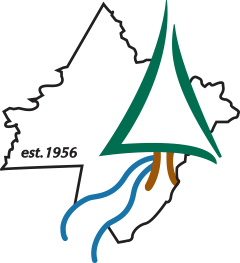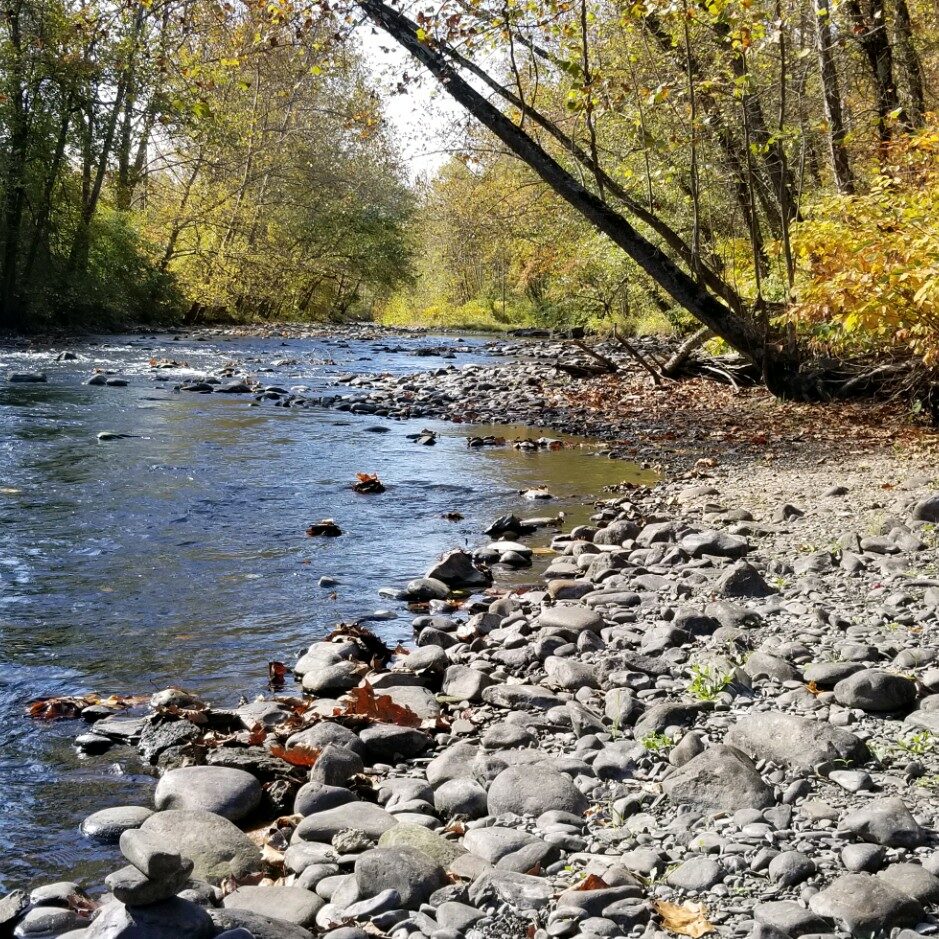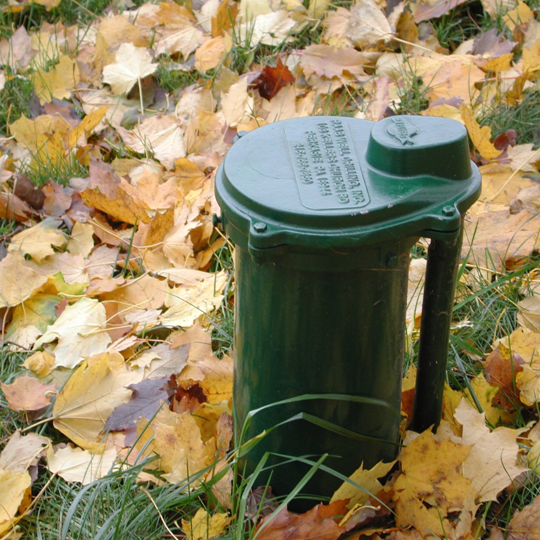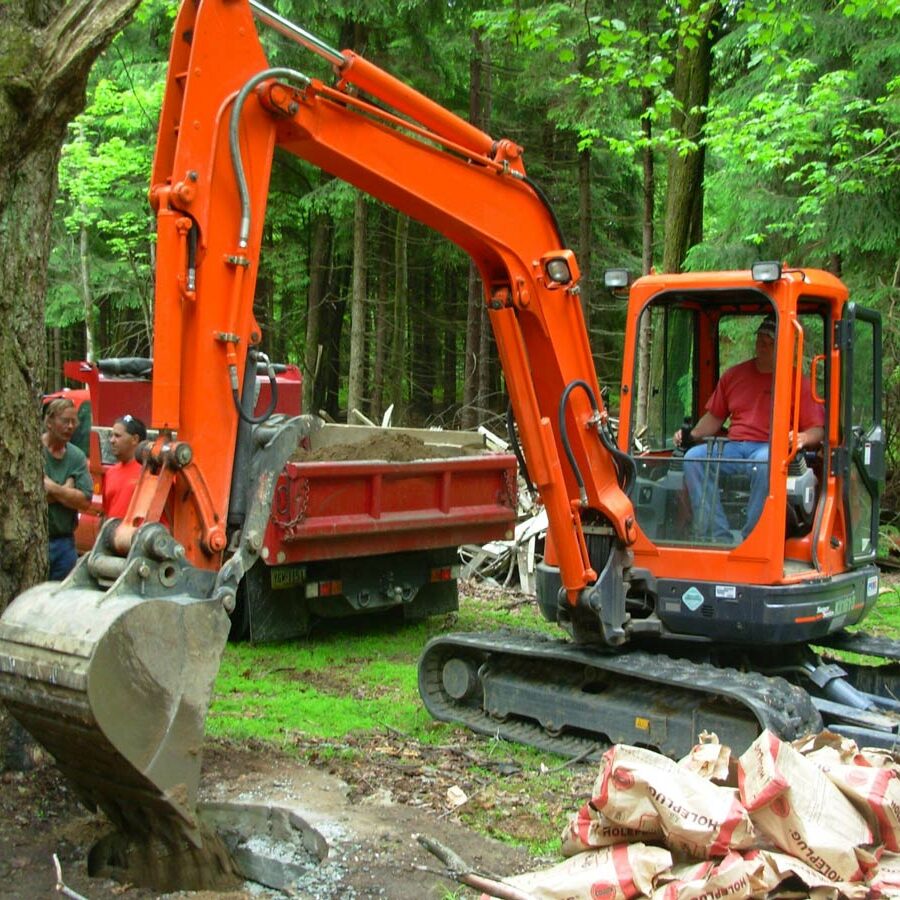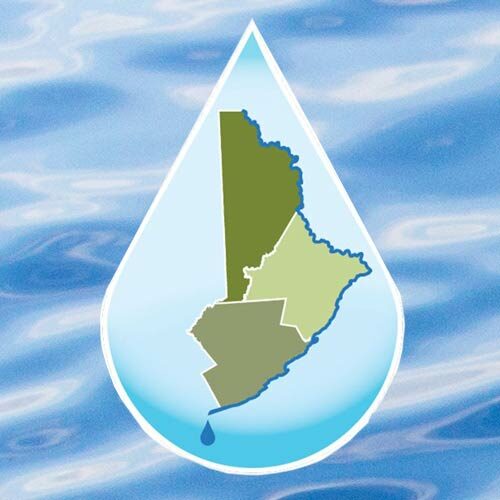
Source Water Protection (SWP)
What is Source Water?
Source water refers to sources of water (such as rivers, streams, lakes, reservoirs, springs, and groundwater) that provide water for public drinking water supplies and private wells.
What is Groundwater?
Groundwater is the water found underground in the cracks and spaces in soil, sand, and rock.
Rain, melting snow, and surface water becomes groundwater by seeping into the ground and filling these spaces. It is stored in and moves slowly through geologic formations of soil, sand, and rocks called aquifers.
In Pike County, our aquifers mainly consist of gravel or shale. Groundwater is a source of recharge for our streams, lakes, rivers, and wetlands.
For more information about the water cycle and groundwater’s role in it, watch this water cycle video.
Where Does Your Water Come From?
From Source to Sink...
Learn about source water in Pike County and find some tips on how you can help protect your drinking water sources at home.
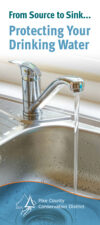
Why Protect Source Water?
Protecting source water can prevent exposure to contaminated water, thereby reducing health risks.
When harmful substances get into our source waters, they can travel with that water into our wells and out of our faucets.
Protecting source water from contamination helps reduce treatment costs and may avoid or defer the need for complex treatment and the cost to drill a new well.
There are many additional benefits associated with source water protection, such as protecting water quality for wildlife and recreational use and protecting the availability and quantity of water supplies.
15 Actions You Can Take to Benefit Our Water Resources
A Homeowner's Checklist for a Watershed-Friendly Home
Check off all the actions on this list and your home will truly be watershed friendly!
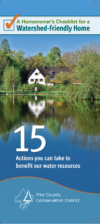
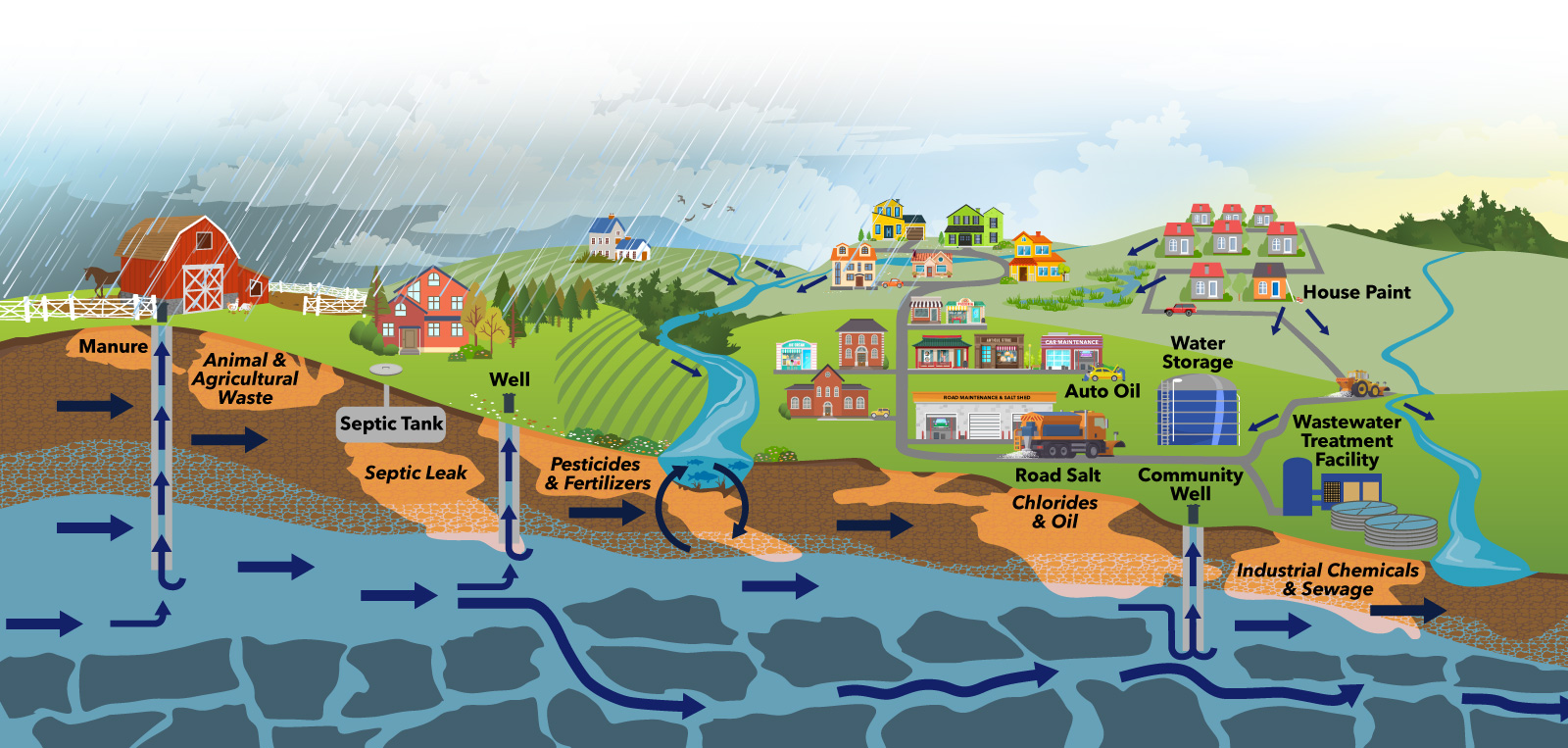

Sediment (dirt) in streams is the single largest pollution source to PA’s waterways.
Contact the PCCD office when planning any project where you will be digging or moving soil. We can help advise you about ways to decrease the sediment pollution that is created.
